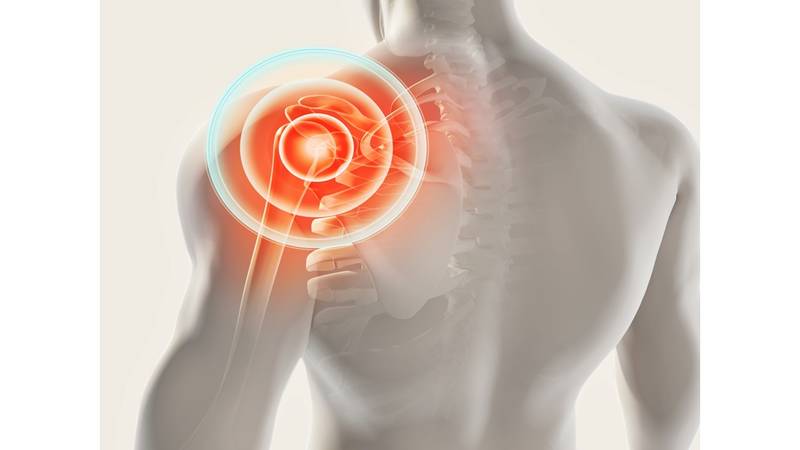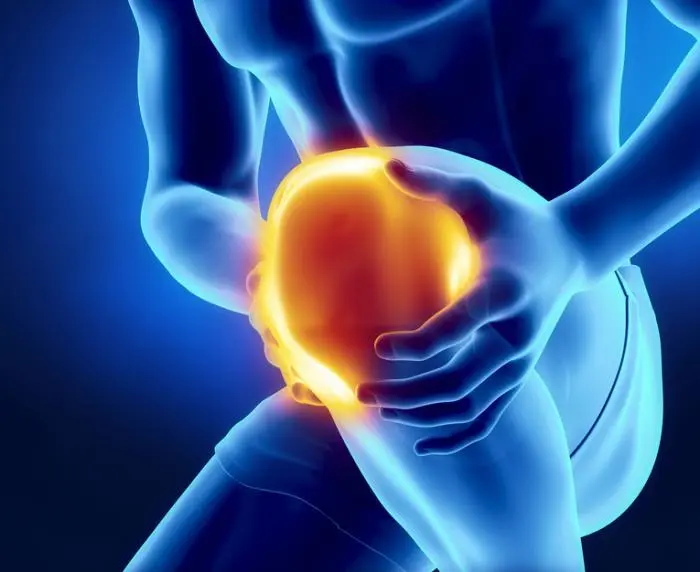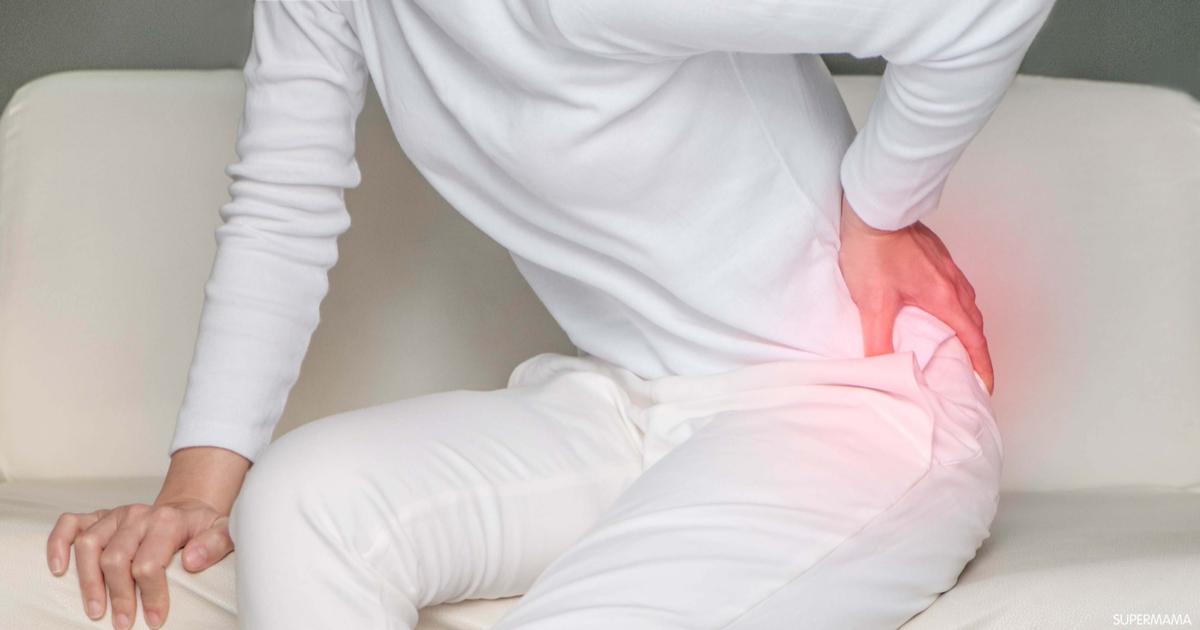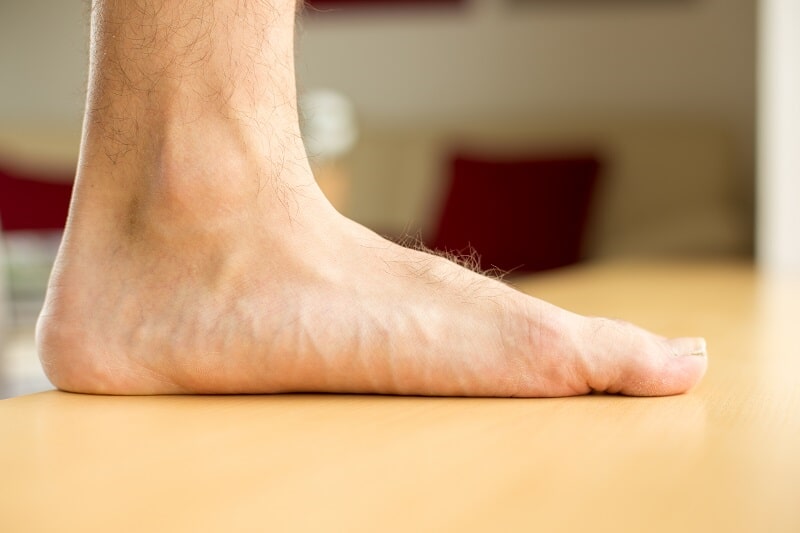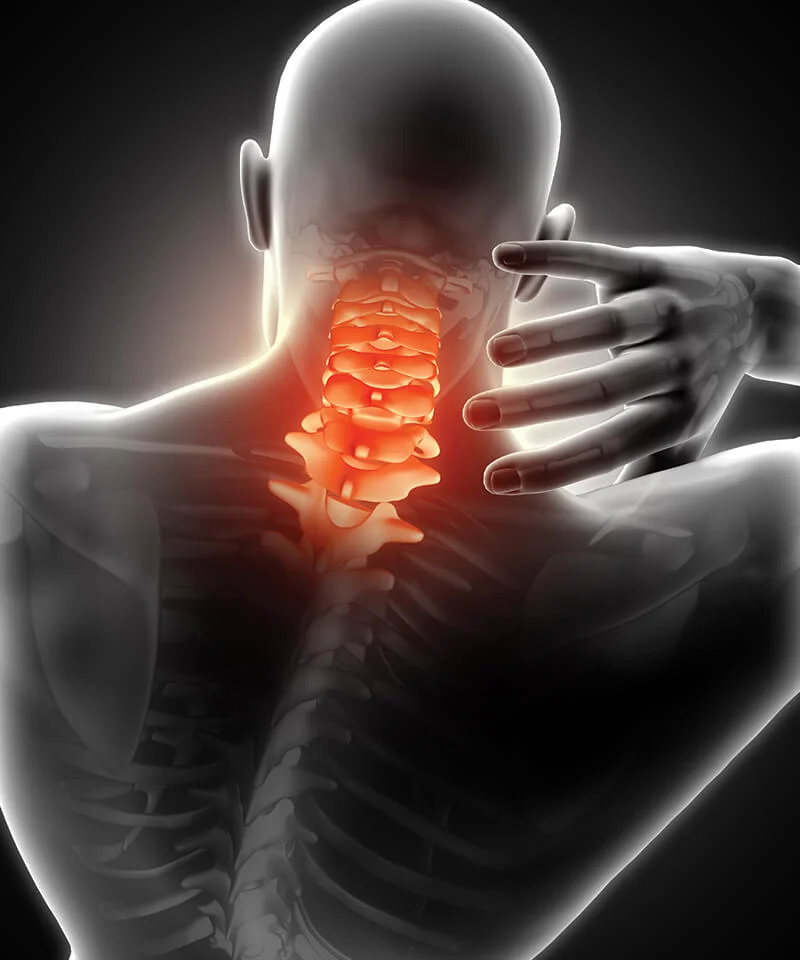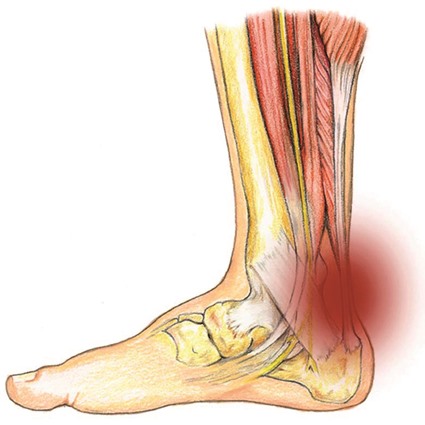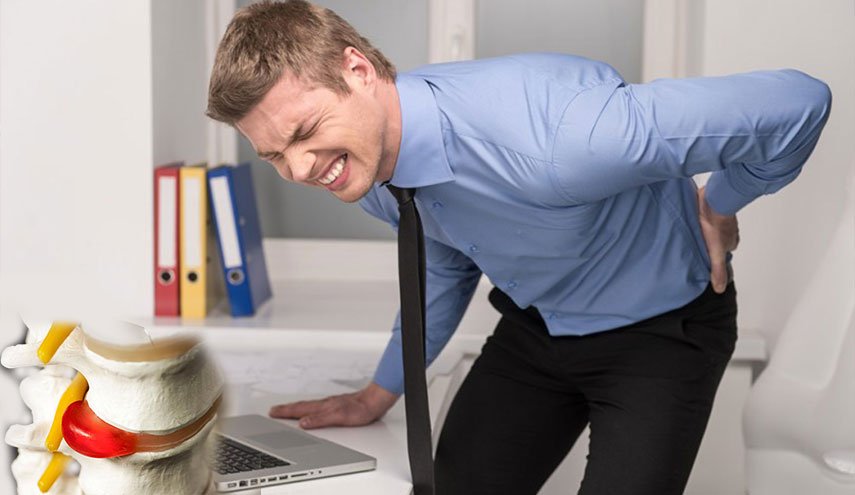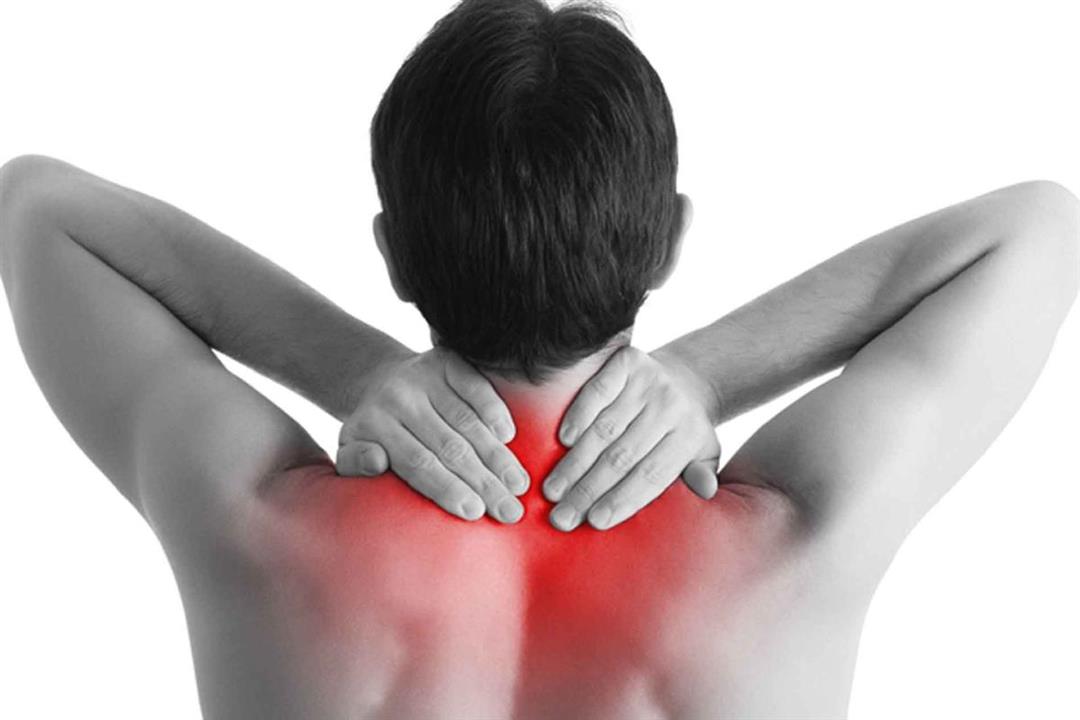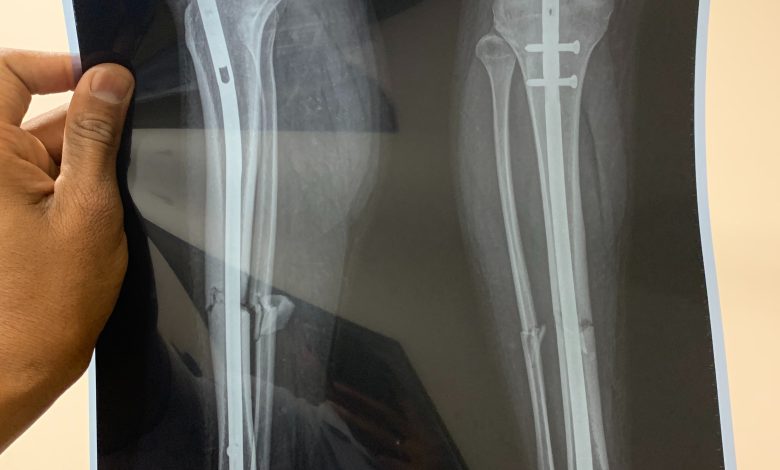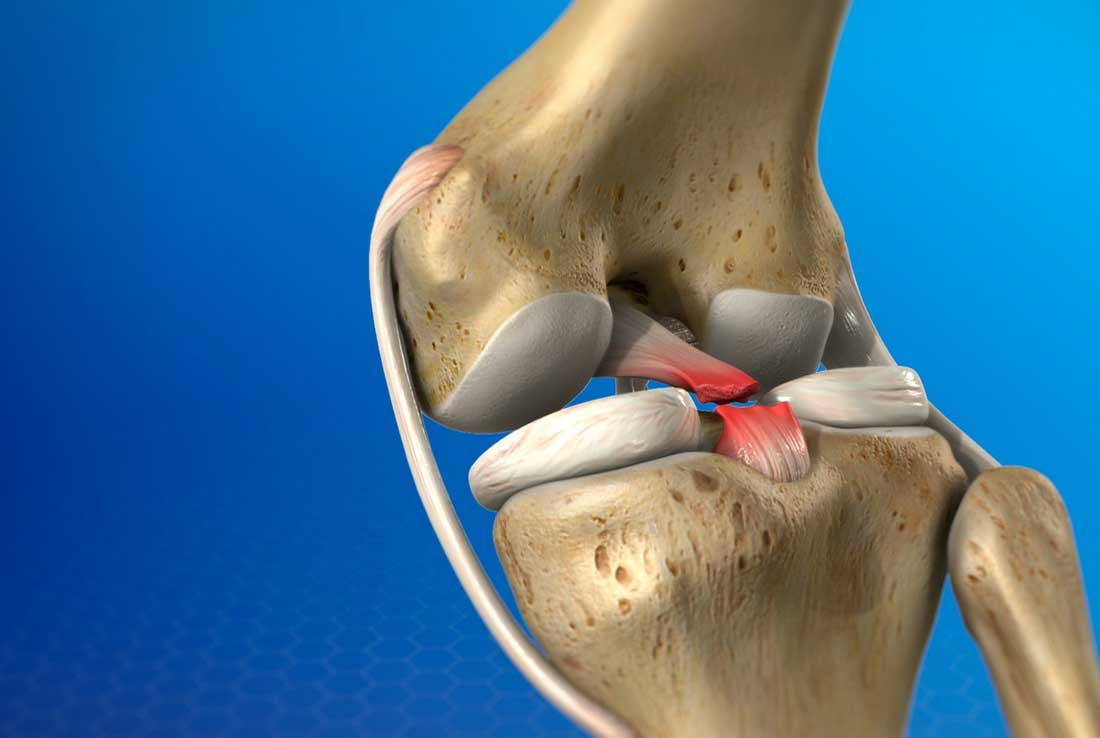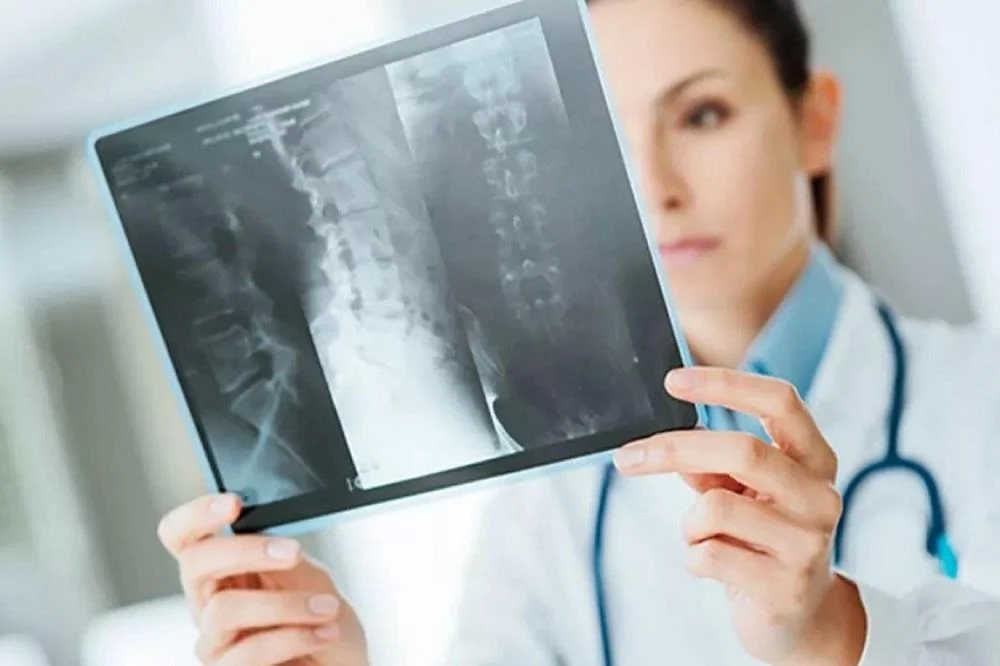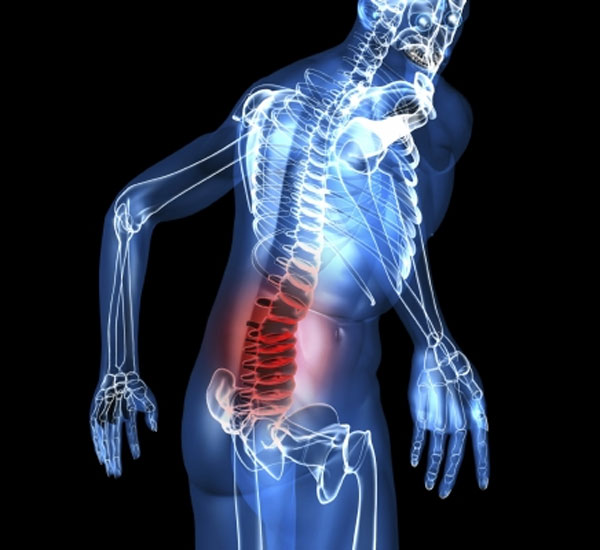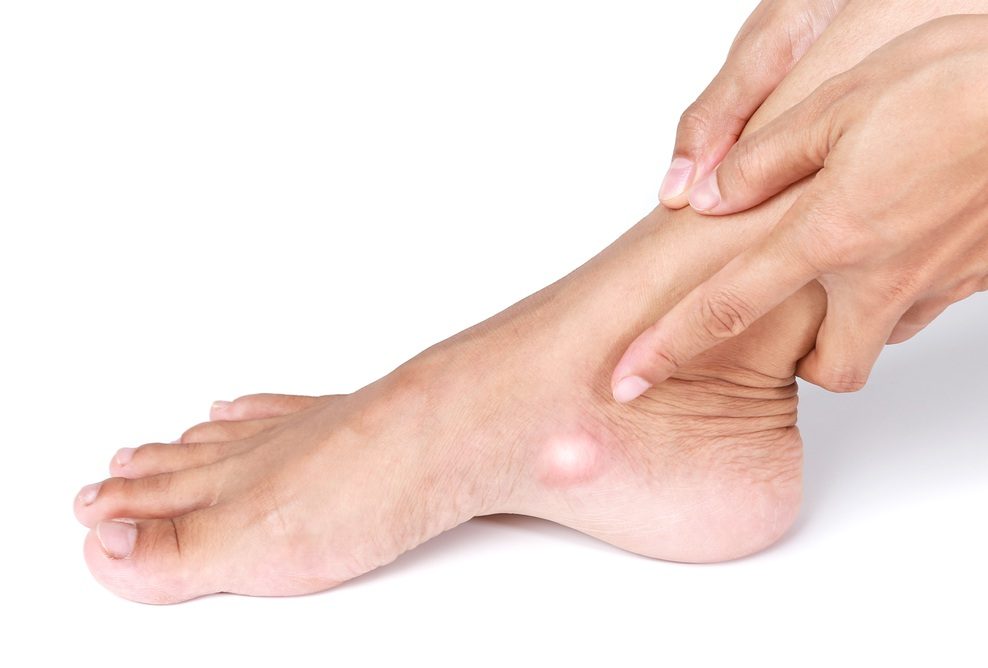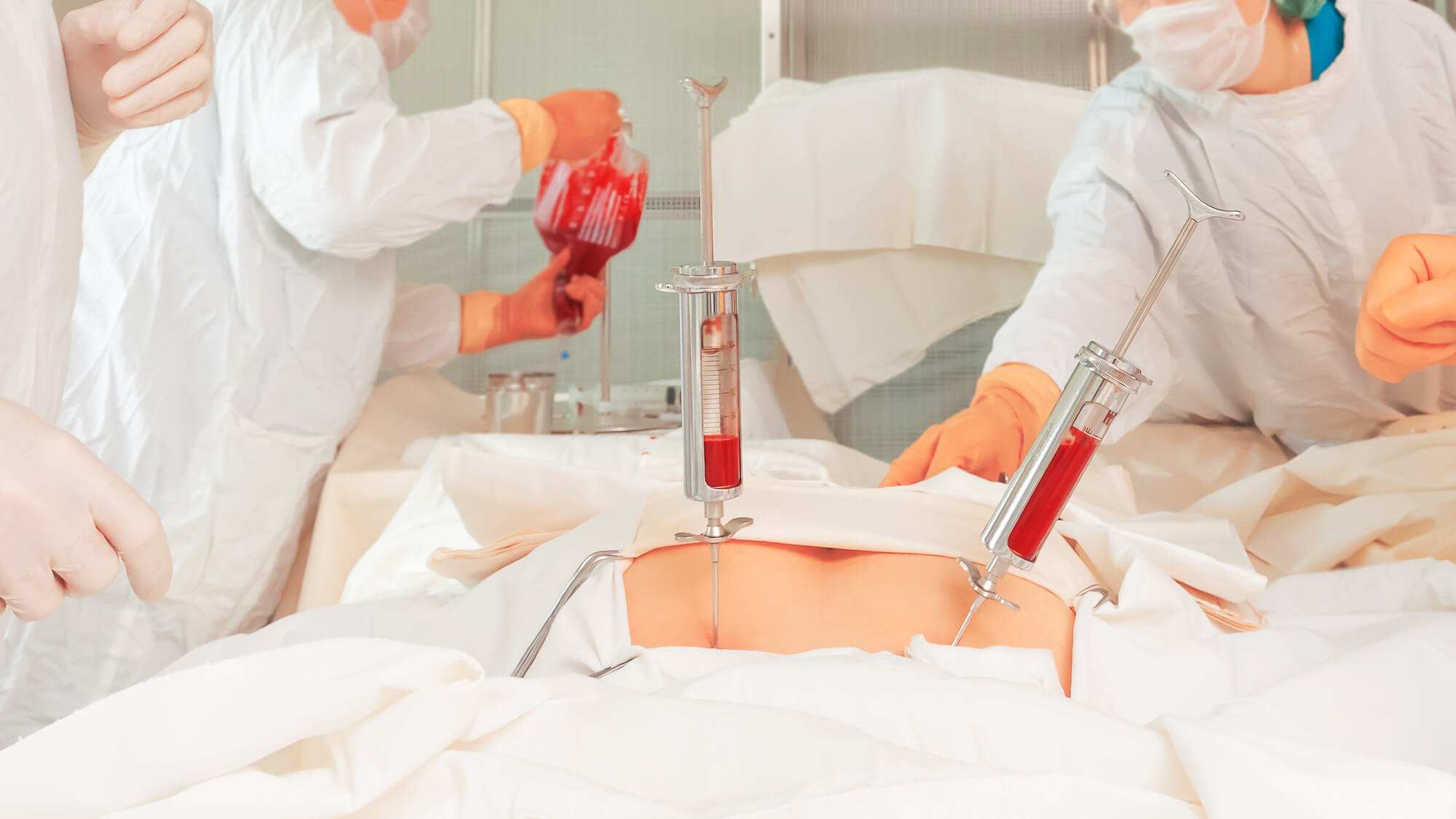Treatment of cartilage inflammation in the knee
Cartilage infections result in a lot of pain that makes individuals in a state of discomfort and may affect the rest of their daily activities. In the following article, we will learn about the most important information regarding appropriate treatment methods to get rid of them, so let us read the following.
Treatment of cartilage inflammation in the knee
Treatment of cartilage inflammation in the knee differs from one person to another according to the extent of the damage to it and the extent of the deterioration of the individual’s condition, and examples of relied-on therapeutic methods are:
Pharmaceutical
Most likely, as soon as the doctor notices the presence of problems in the knee cartilage, he immediately begins to prescribe some medications, such as:
- Non-steroidal anti-inflammatory drugs, in order to reduce the severity of pain resulting from the symptoms, felt by the individual and to calm the inflammation that exists in the joint.
- Cortisone injections are done in the joint in order to relieve pain and get rid of the inflammation that affects the joint, which may be highly developed.
Natural therapy
Physiotherapy is very important, whether or not it requires surgical intervention, and some exercises are done under the supervision of a specialist in order to strengthen the muscles that surround the joint and that support the knee area, and examples of physiotherapy methods:
- Doing some exercises that help rehabilitate the patient.
- Water physiotherapy.
- Use adhesive tape.
- Do some balance exercises.
Surgeries
If the previous treatment methods did not produce satisfactory results, then, in that case, surgical intervention is resorted to, and this requires that the individual be completely anesthetized, whether the operation is done endoscopically or surgically, examples of these operations are:
- Debridement: During this process, both the soft tissues and the damaged edges of the knee cartilage are removed, and in this process, the damage may be completely repaired at one time.
- Bone marrow stimulation: In this procedure, the doctor focuses on stimulating the bone marrow by making very small holes in the bone below the knee joint in order to help in the formation of new cartilage in the knee area.
- Mosaicplasty: In this process, the doctor takes very small pieces of cartilage in the weight-bearing areas and uses them to repair the damaged cartilage areas.
- Osteotomy: This operation is to change the alignment of the leg in order to relieve pressure on the cartilage and the knee, and this is done by removing a very small part of both the shin bone and the femur.
- Joint replacement: This operation is performed when the damage to the knee area is severe. Therefore, the entire knee joint is removed and replaced with a new artificial joint.
Cartilage herbal treatment
It may be possible to follow herbal treatment methods in the treatment of cartilage, but the treatment, in this case, is not in order to restore the cartilage in its place, but rather in order to alleviate the pain and symptoms that are associated with the cartilage, studies have proven the effectiveness of Chinese herbs in treatment because they contain many benefits, including:
- Reducing lower back pain.
- It reduces numbness and may contribute to its complete disappearance.
- The ability to sense the lower extremities normally.
- Strengthening muscles and the ability to perform light daily activities without pain.
- After surgery, it has a major role in reducing the pain that the individual feels as a side effect.
- Reduce postoperative disc inflammation and prevent epidural scar formation.
Cartilage treatment with oils
Many types of oils have many benefits because they contain compounds that contribute to reducing inflammation and reducing pain resulting from cartilage injuries, and here are some of them:
- Peppermint oil: Its effectiveness in relieving pain and reducing inflammation is because it contains 44% of menthol, and it is used by adding it to a warm bath or massaging it directly on the site of pain.
- Ginger oil: In addition to that it has many benefits, studies have shown that it consists of compounds that help reduce inflammation significantly and get rid of lower back pain. It is placed directly on the affected area and its results appear within 30 minutes.
- Lemon oil: This oil contains anti-fungal, anti-bacterial, and anti-inflammatory components, in addition to being used to relieve back pain.
- Lavender oil: It helps to soothe inflammation and pain in the lower back, and it is used by heating it and massaging the area of pain with it, in addition to that it helps to relax and calm the nerves greatly.
- Eucalyptus oil: Its results are very powerful in treating both infections and are antibacterial, and also calm muscle spasms in a very effective way.
- Rosemary oil: It helps greatly in reducing rheumatic disorders and menstrual cramps, in addition to its compounds that relieve pain.
- Sandalwood oil: It has been very popular in Indian medicine since ancient times, and it is known for its massage sessions, which greatly soothe inflammation.
- Basil oil: It is recommended by doctors to reduce inflammation caused by nerves because it has a great effect in relieving muscle tension and helps to relax.
- Chamomile oil: It is very effective in calming the nerves and contains antioxidant and anti-inflammatory properties, in addition to reducing muscle spasms.
Does walking treat cartilage?
Walking is one of the best light exercises recommended by doctors for cartilage patients because it benefits them greatly, in addition to that it does not require high physical effort at all, and among the most important benefits that the individual gets from it:
- Great stimulation of blood circulation in the individual’s body, which helps oxygen and blood reach the affected area well, which speeds up its recovery and gradually relieves pain.
- Work to strengthen the muscles that support the spine.
- Reducing pressure on the spine.
- Preventing the individual from having another herniated disc.
- Increase the flexibility of the spine.
- Lubricating both vertebrae and cartilage.
What are the signs of cartilage?
- Pain accompanies the individual all the time in the lower back.
- Stiffness in the legs or a stiff lower back.
- The appearance of severe pain in the case of pressure on the lower back.
- Feeling pain in the thigh.
- Inability to walk or stand for long periods of time.
- Severe pain when bending.
- A sensation of tingling or numbness in the feet.
- Neck pain that makes the individual unable to move the head well.
Does cartilage build itself?
Numerous studies have shown that joint cartilage can repair itself by itself through a self-renewal process, and this property is very similar to salamanders and zebrafish, so in many cases, it may take time only for the cartilage to be able to build itself again and during that period the patient follows the doctor’s instructions strictly to speed up the healing process.
Why cartilage does not regenerate?
This is because the structural form of collagen in cartilage is basic and fixed in a permanent way, and this makes it very difficult to regenerate cartilage once human bones stop growing, which is most likely at the age of 18 to 19 years.

